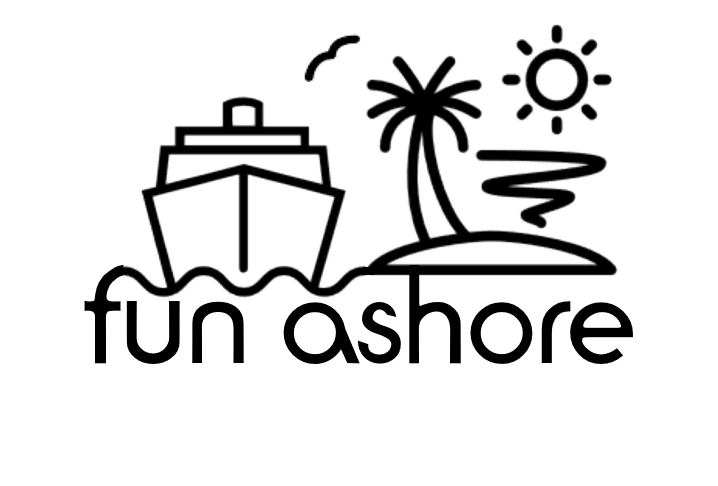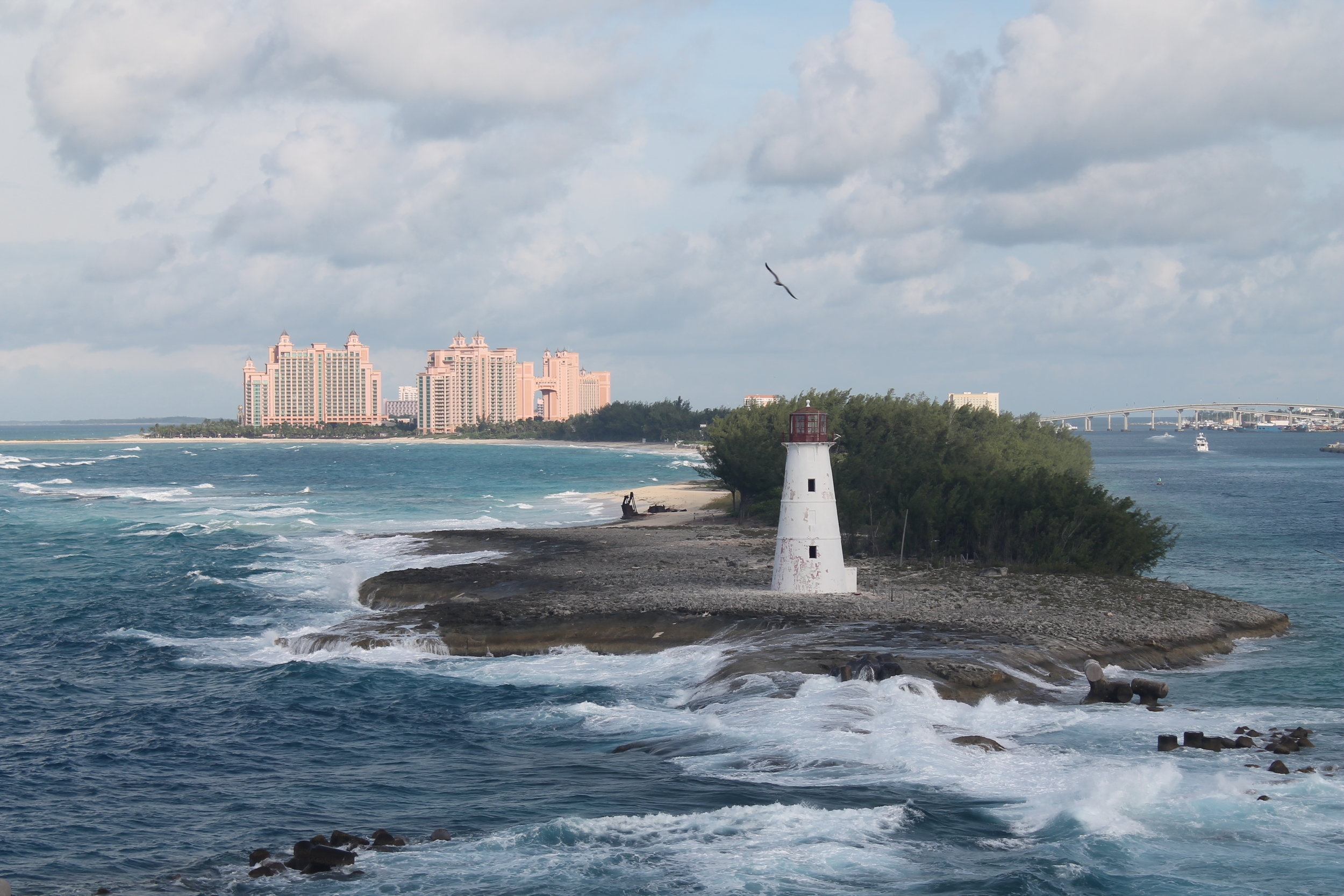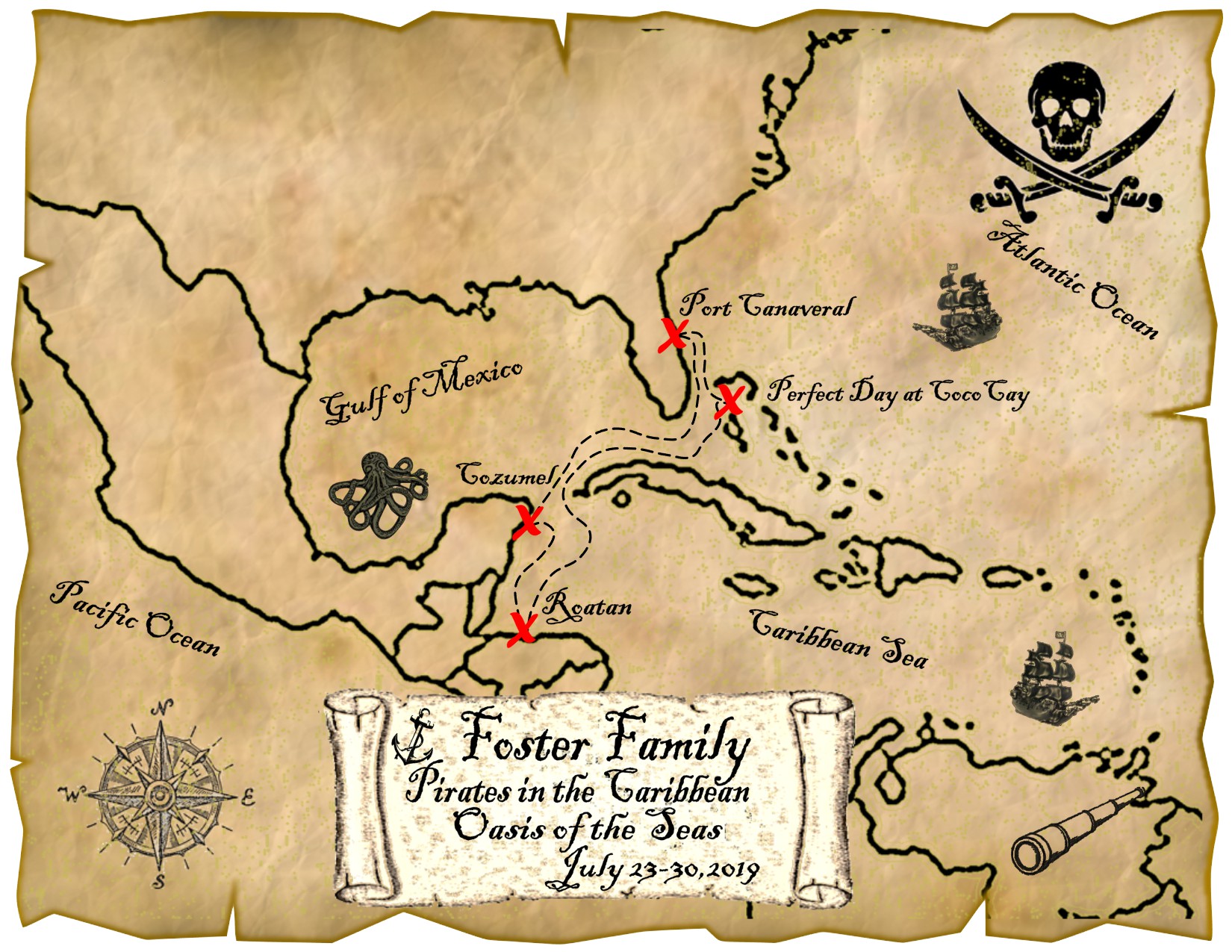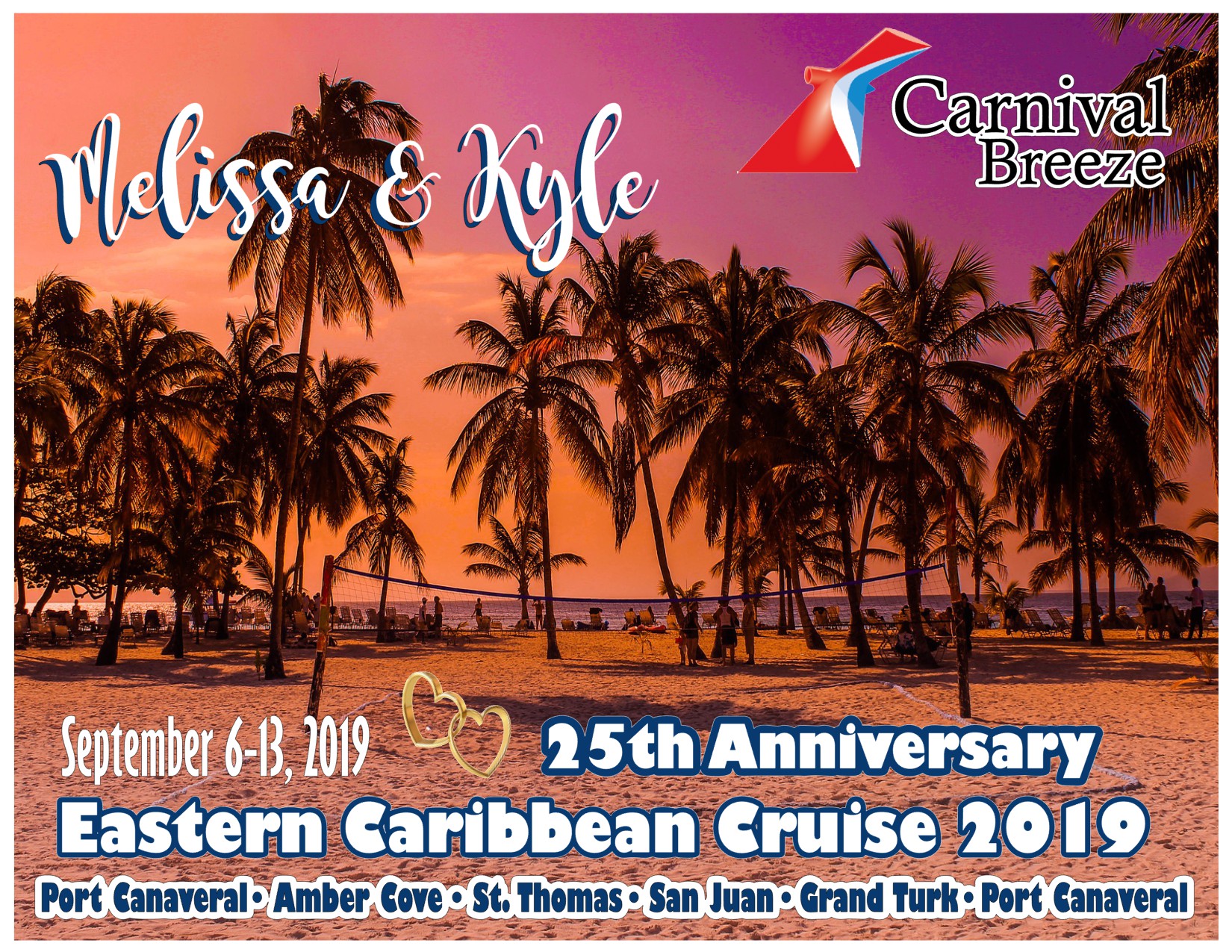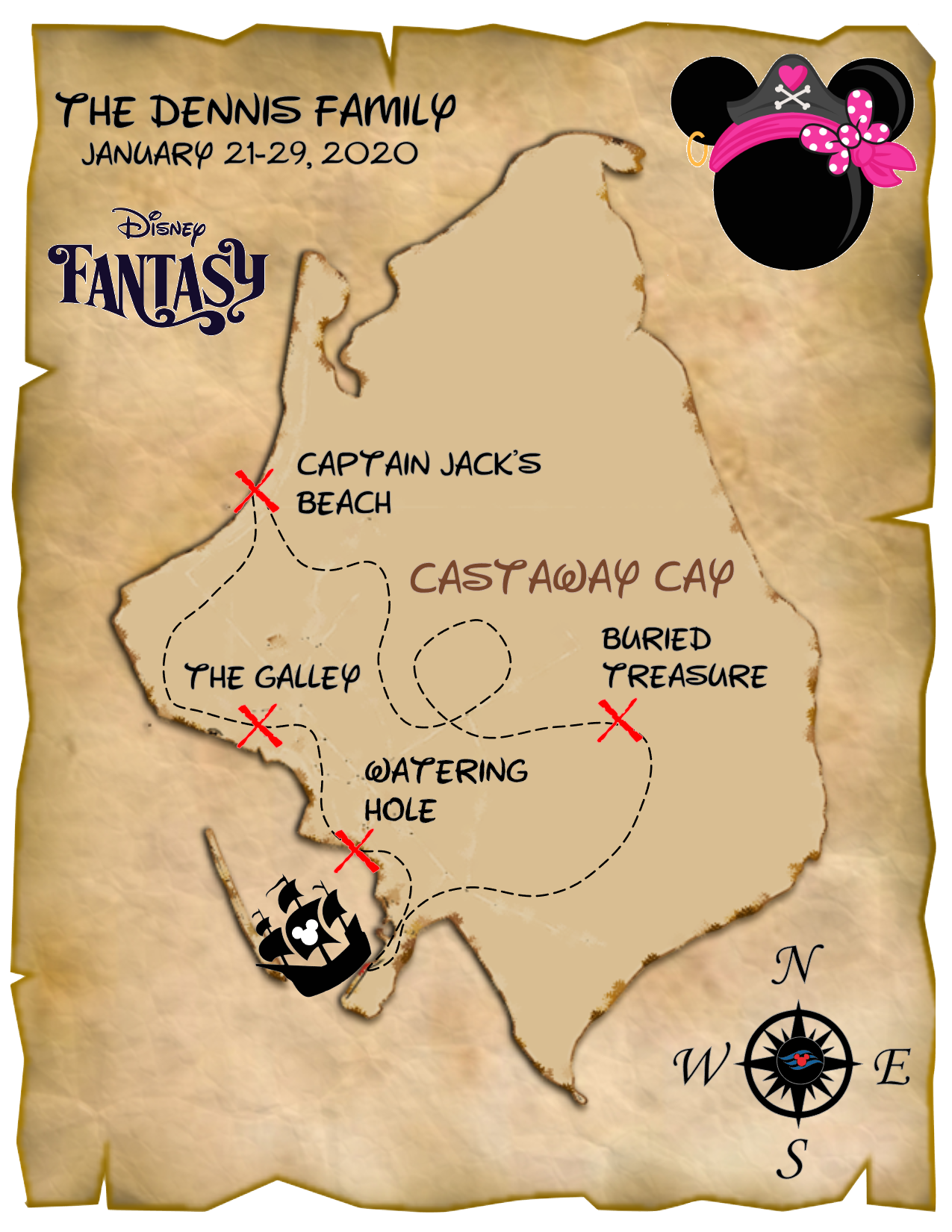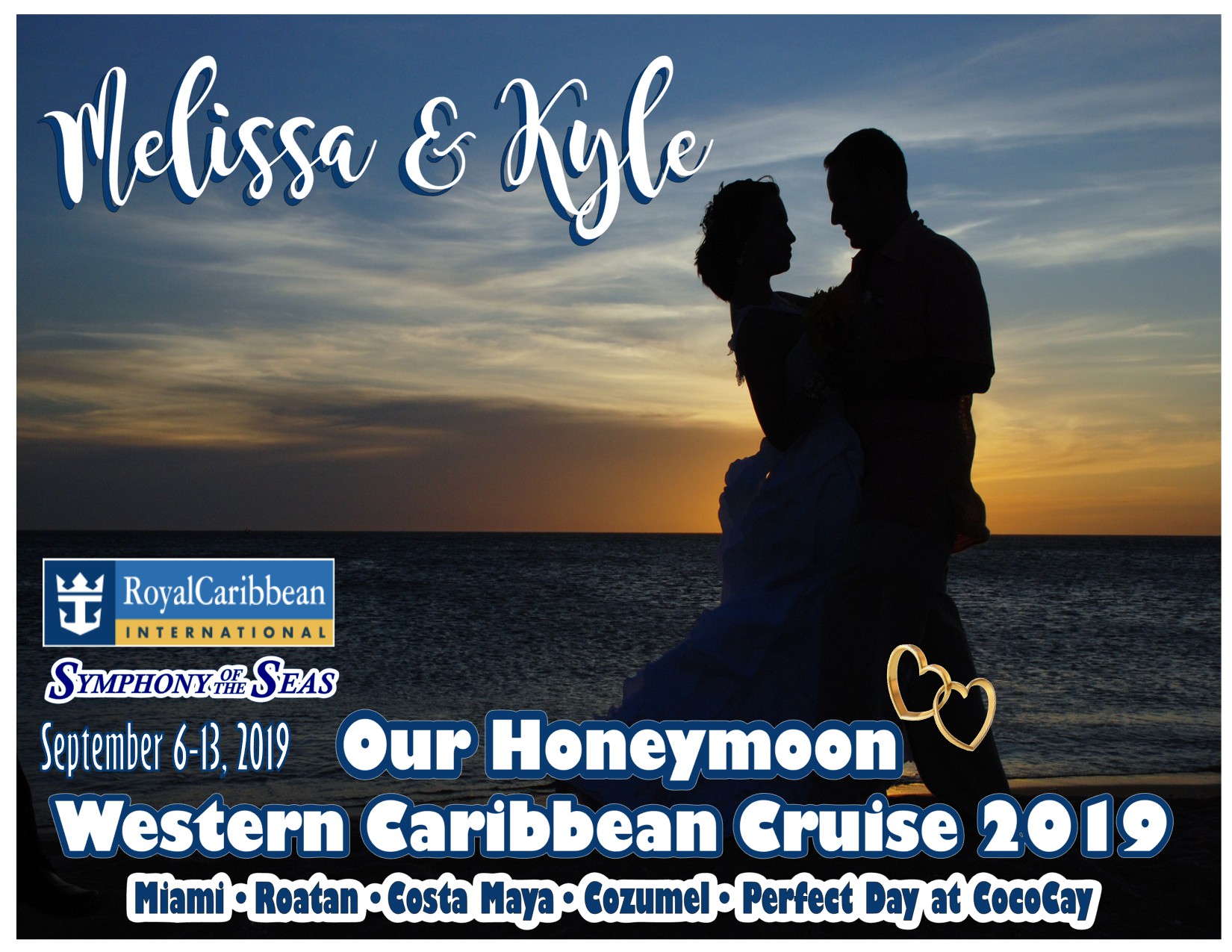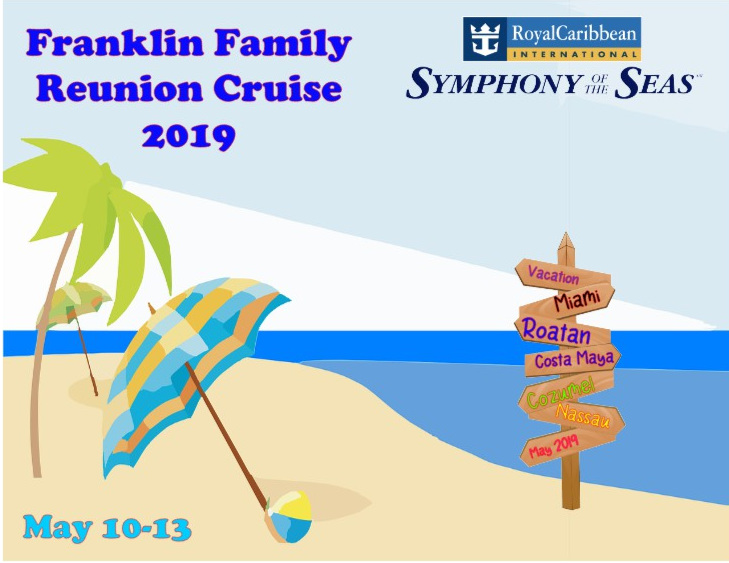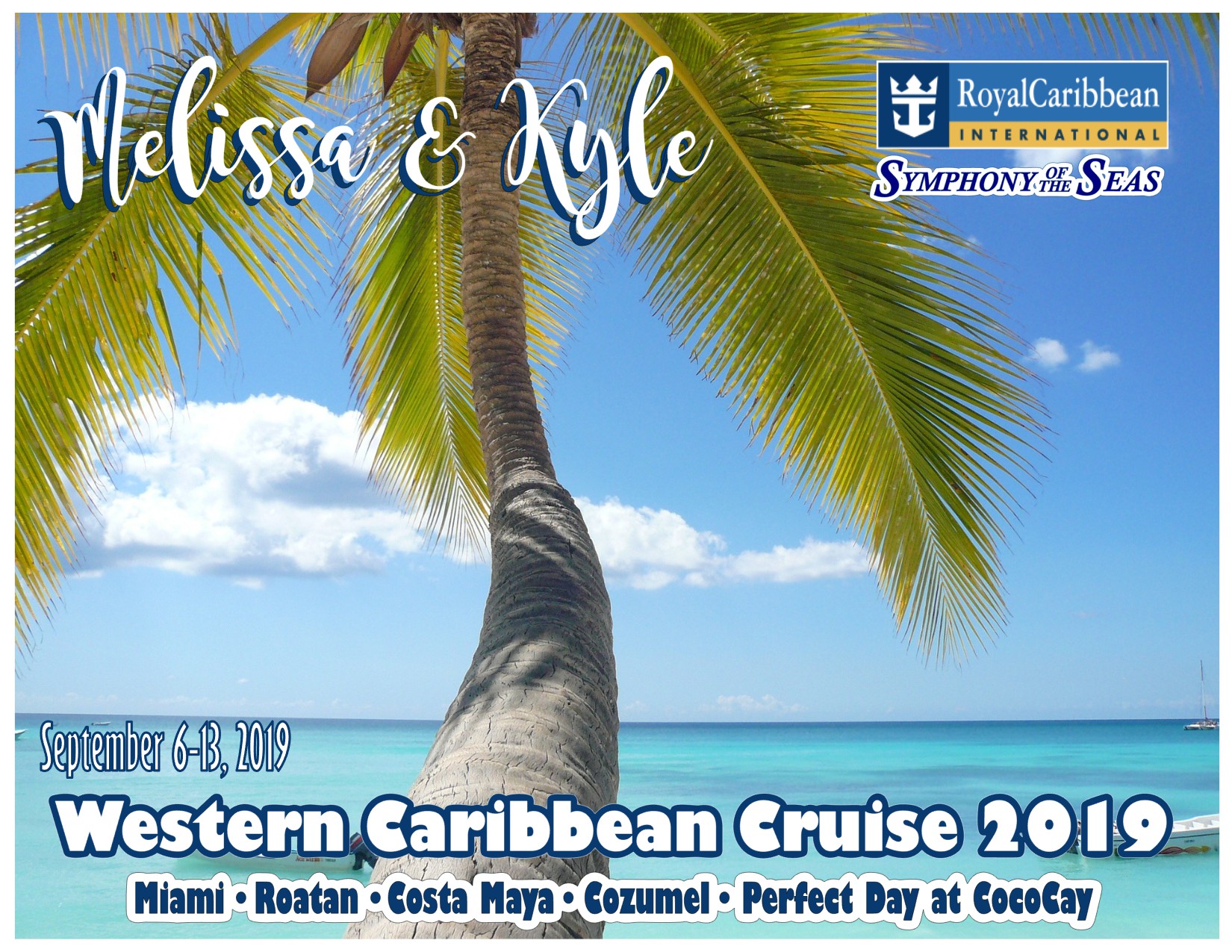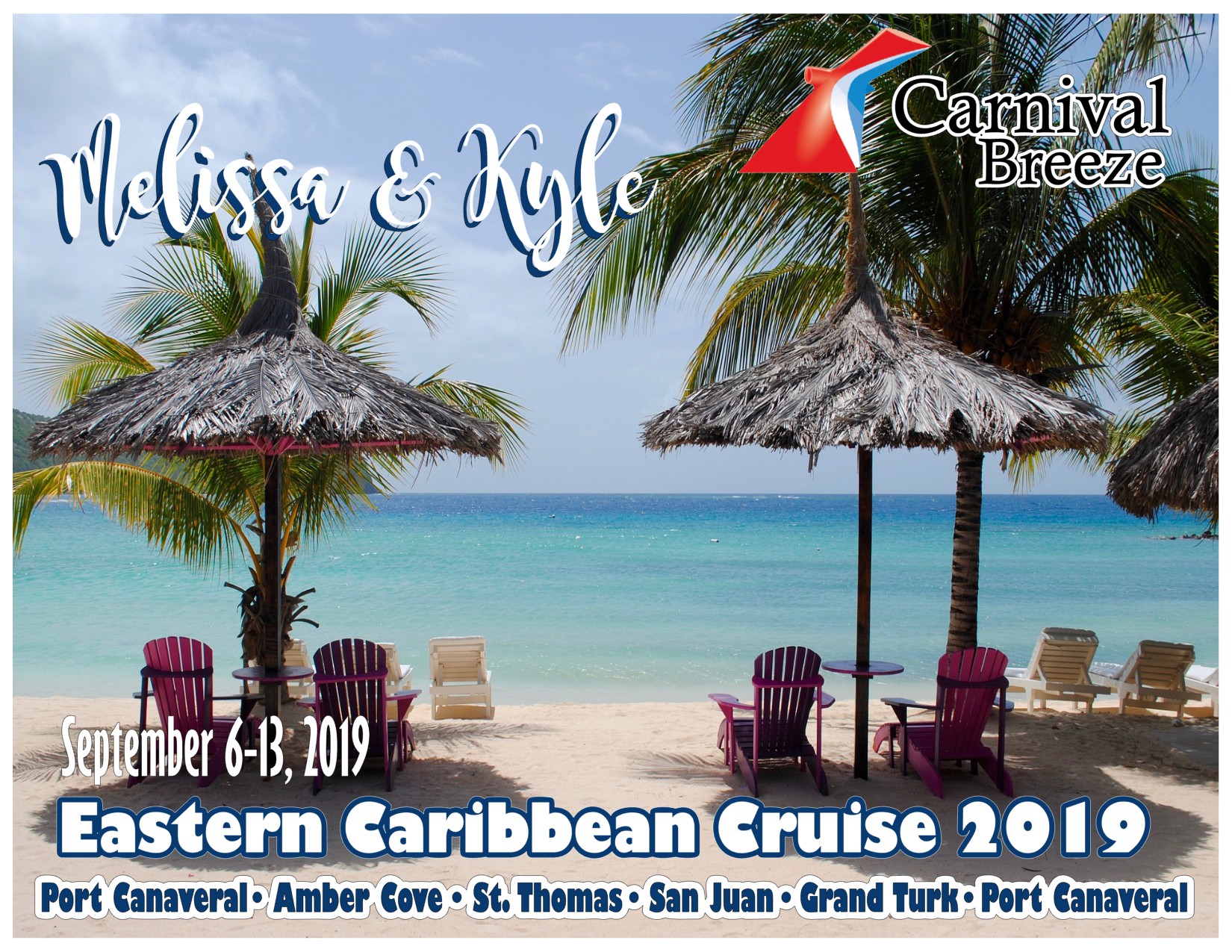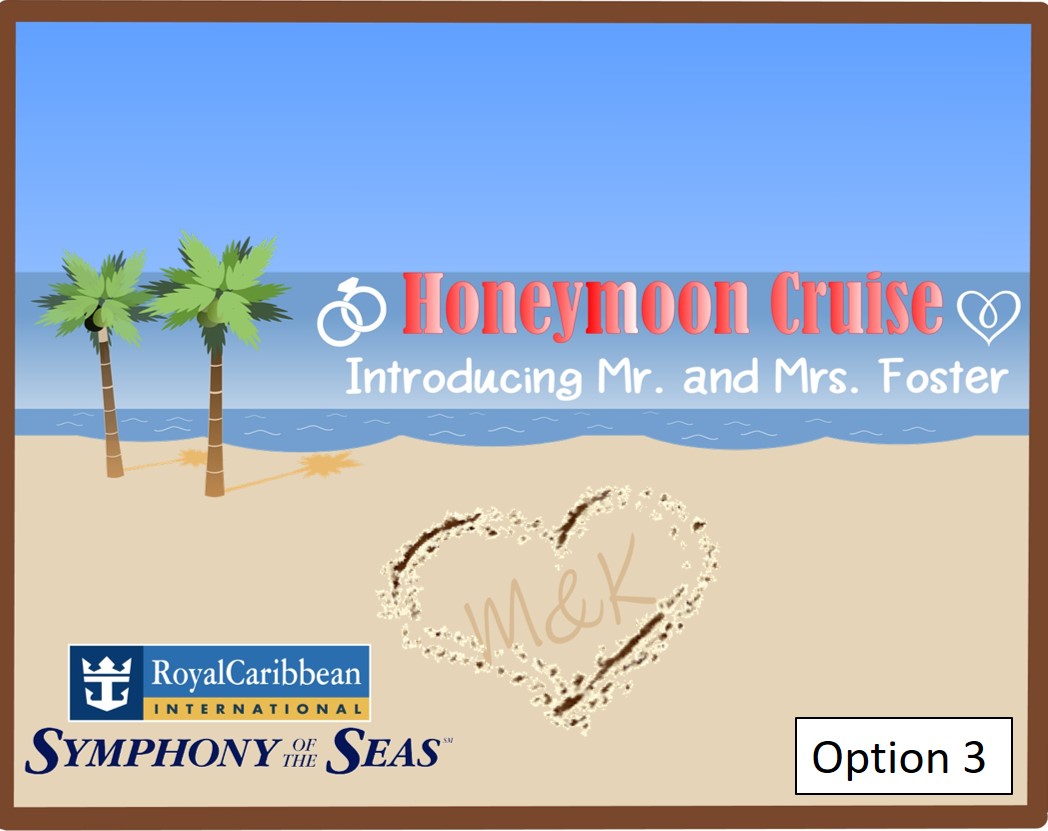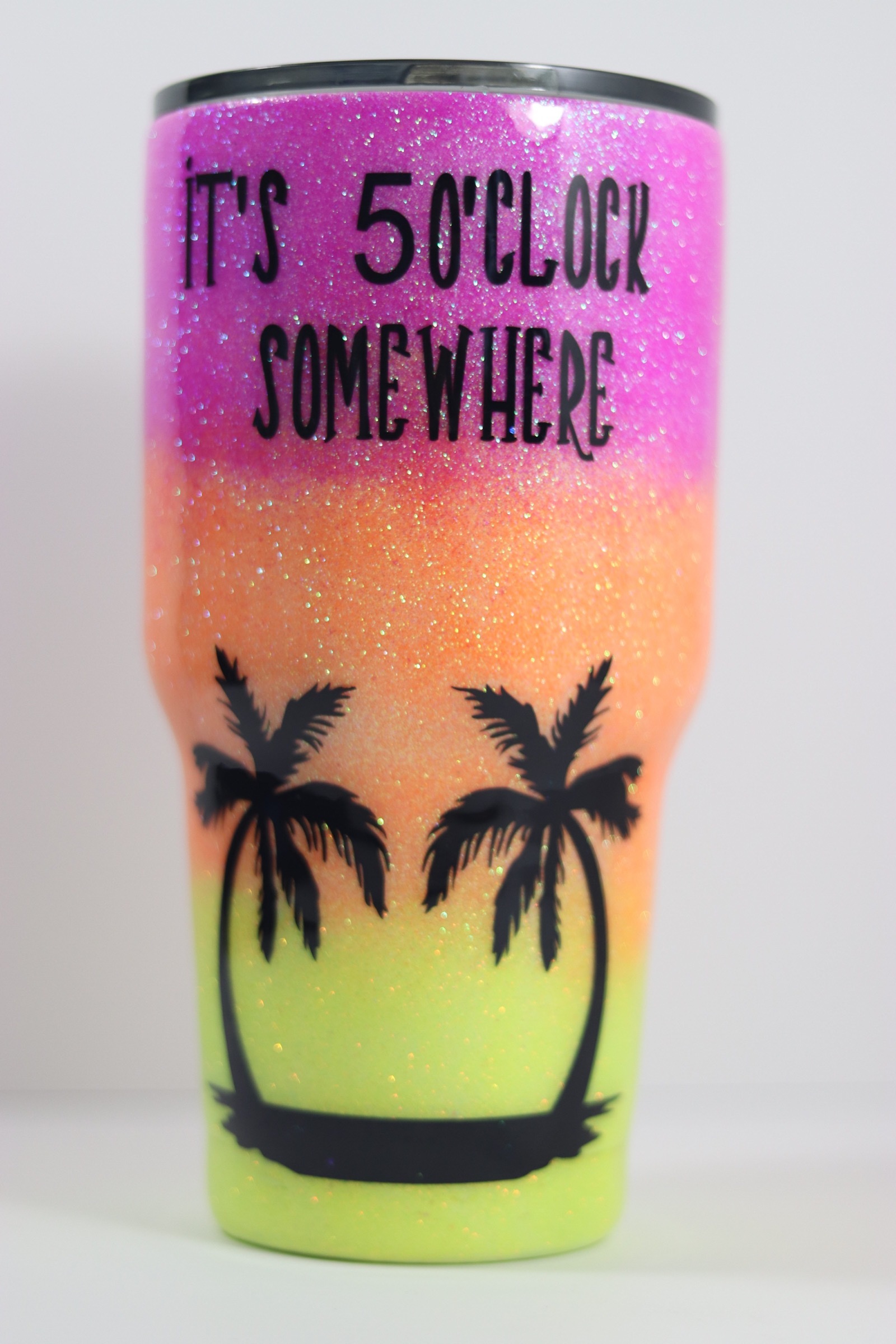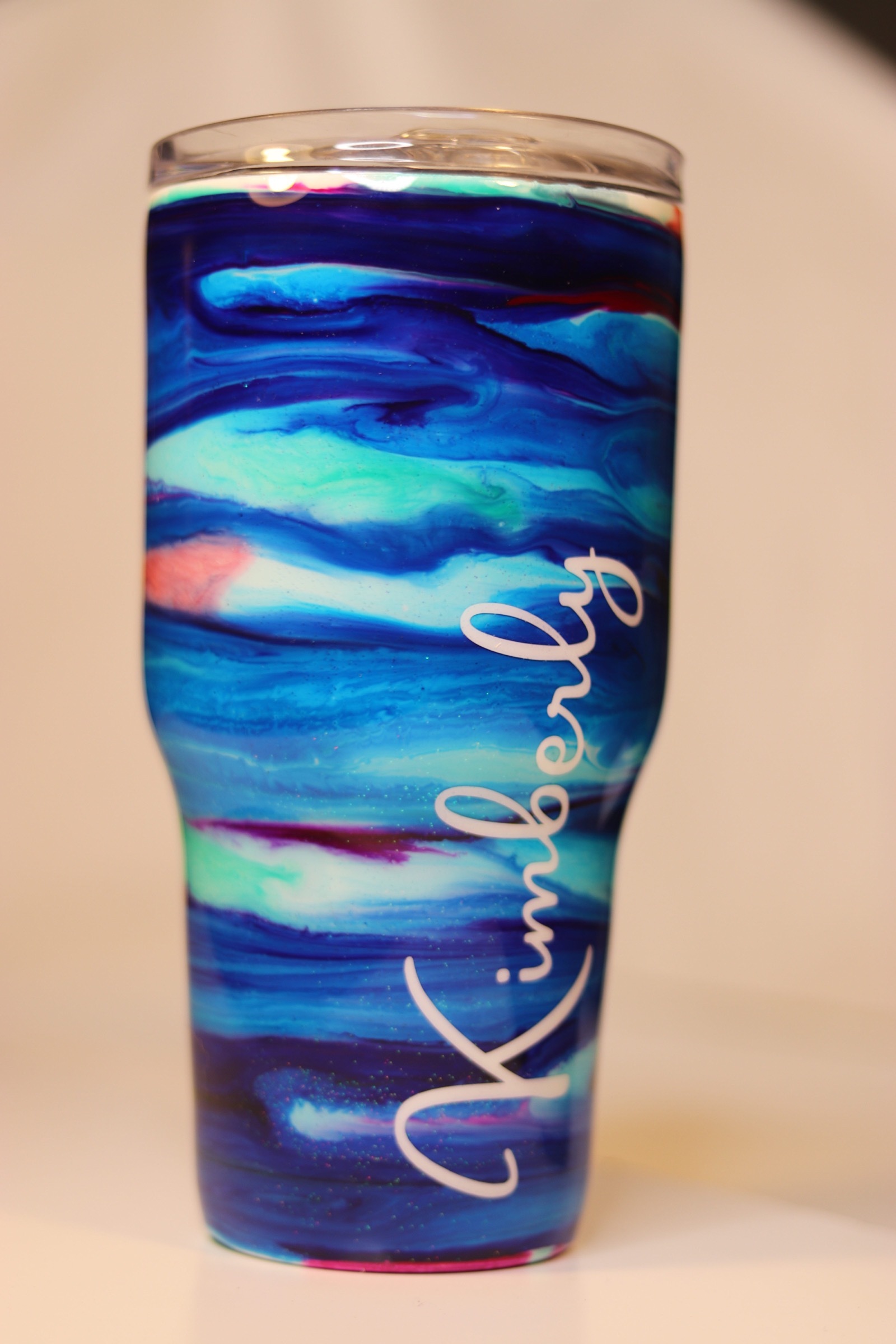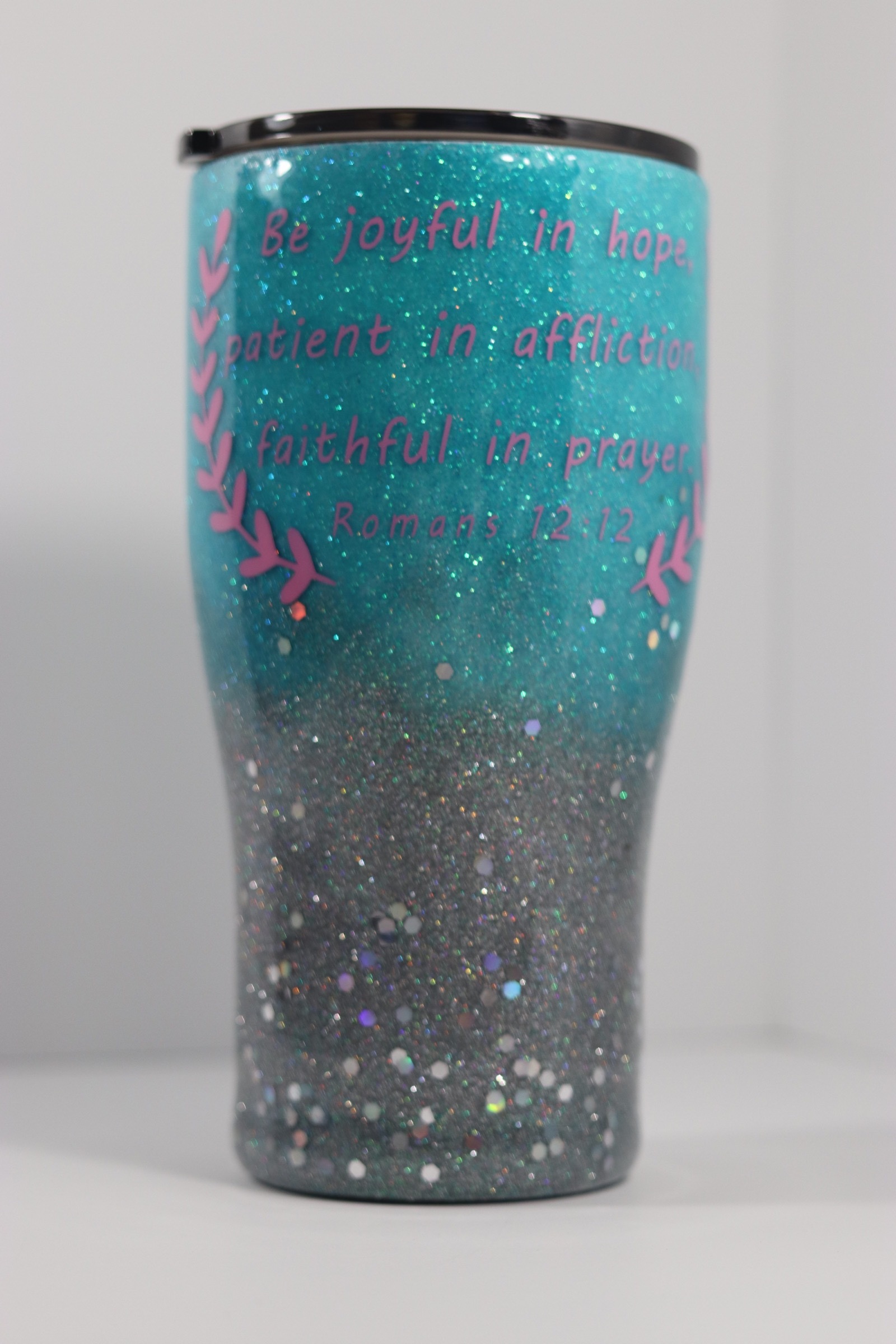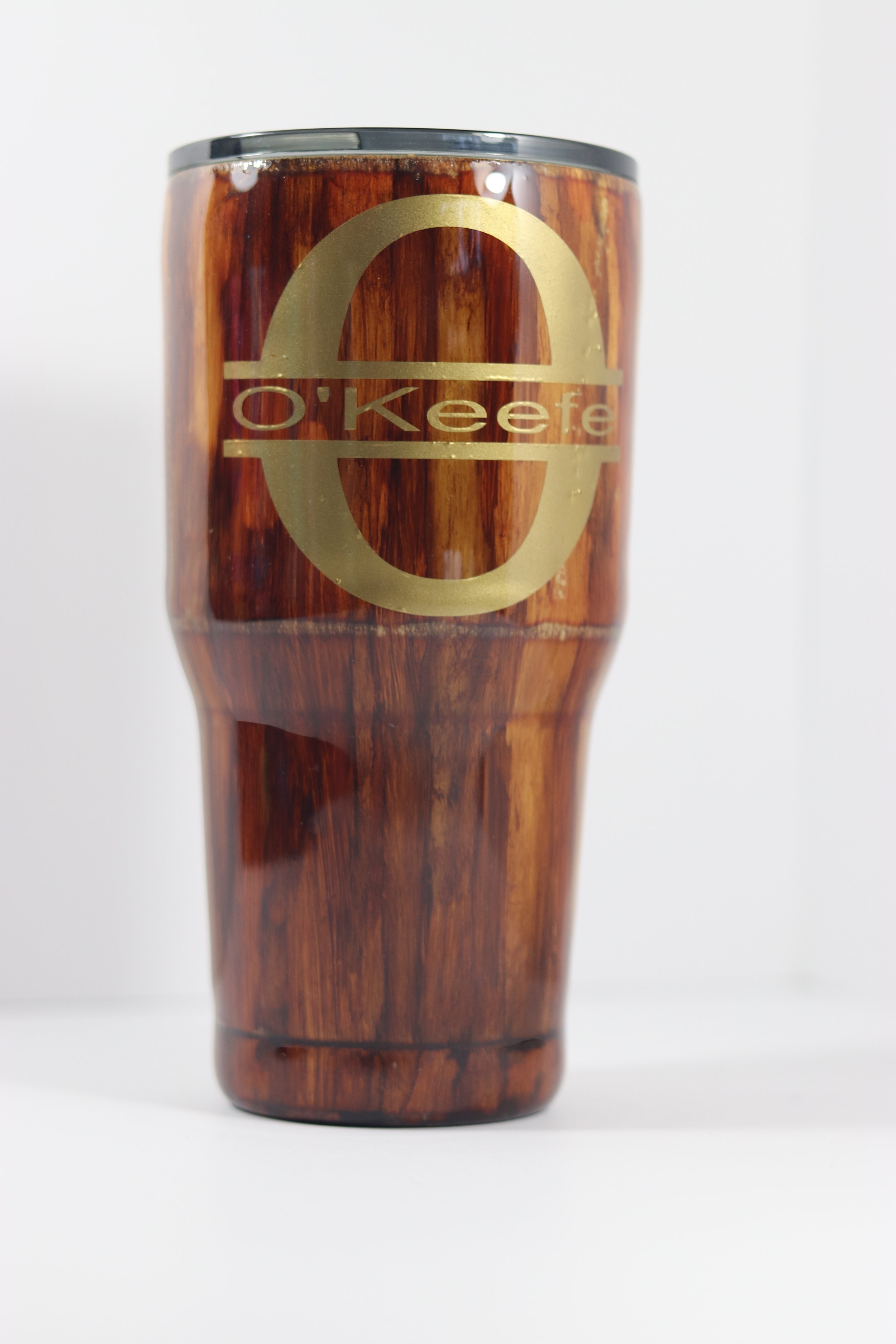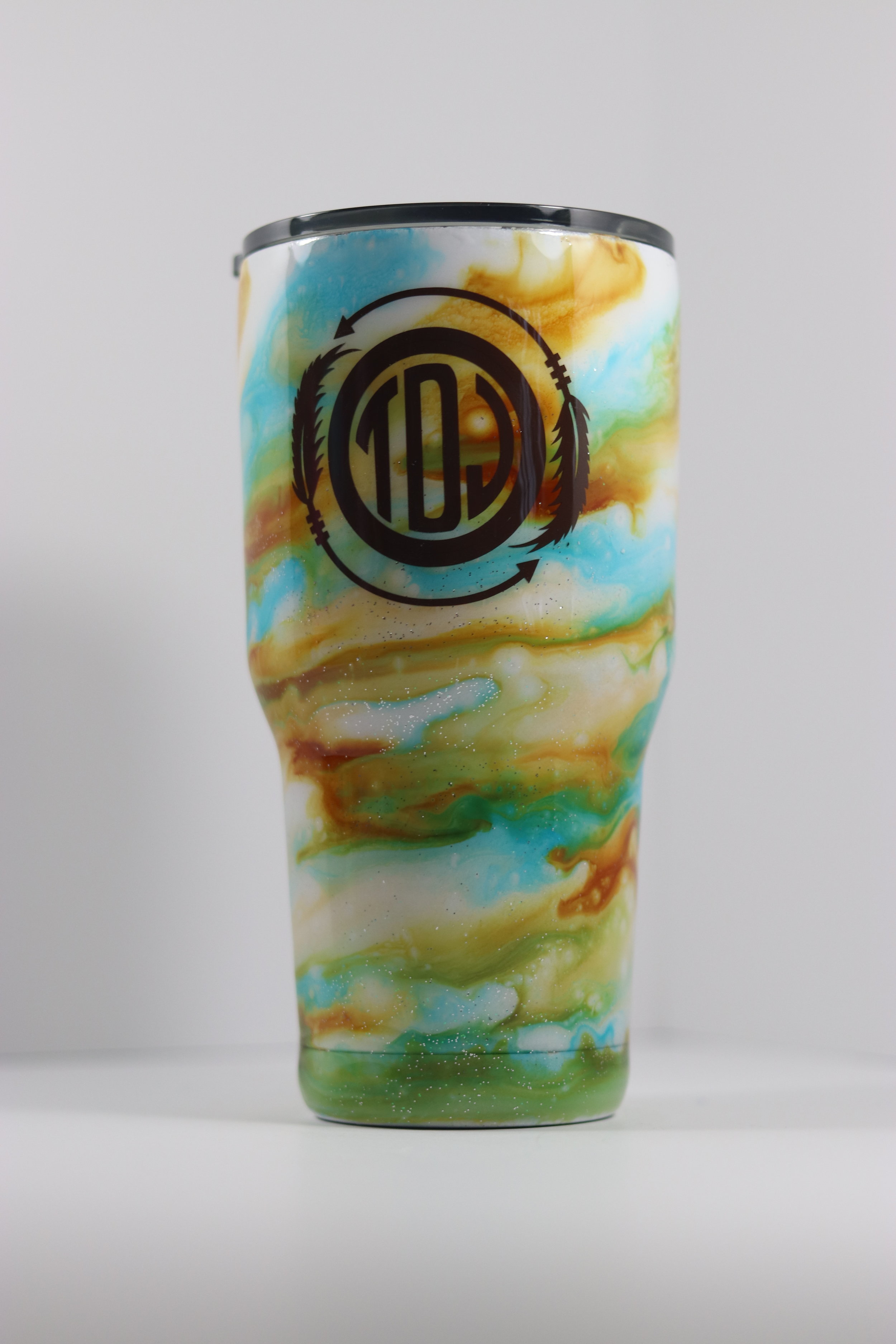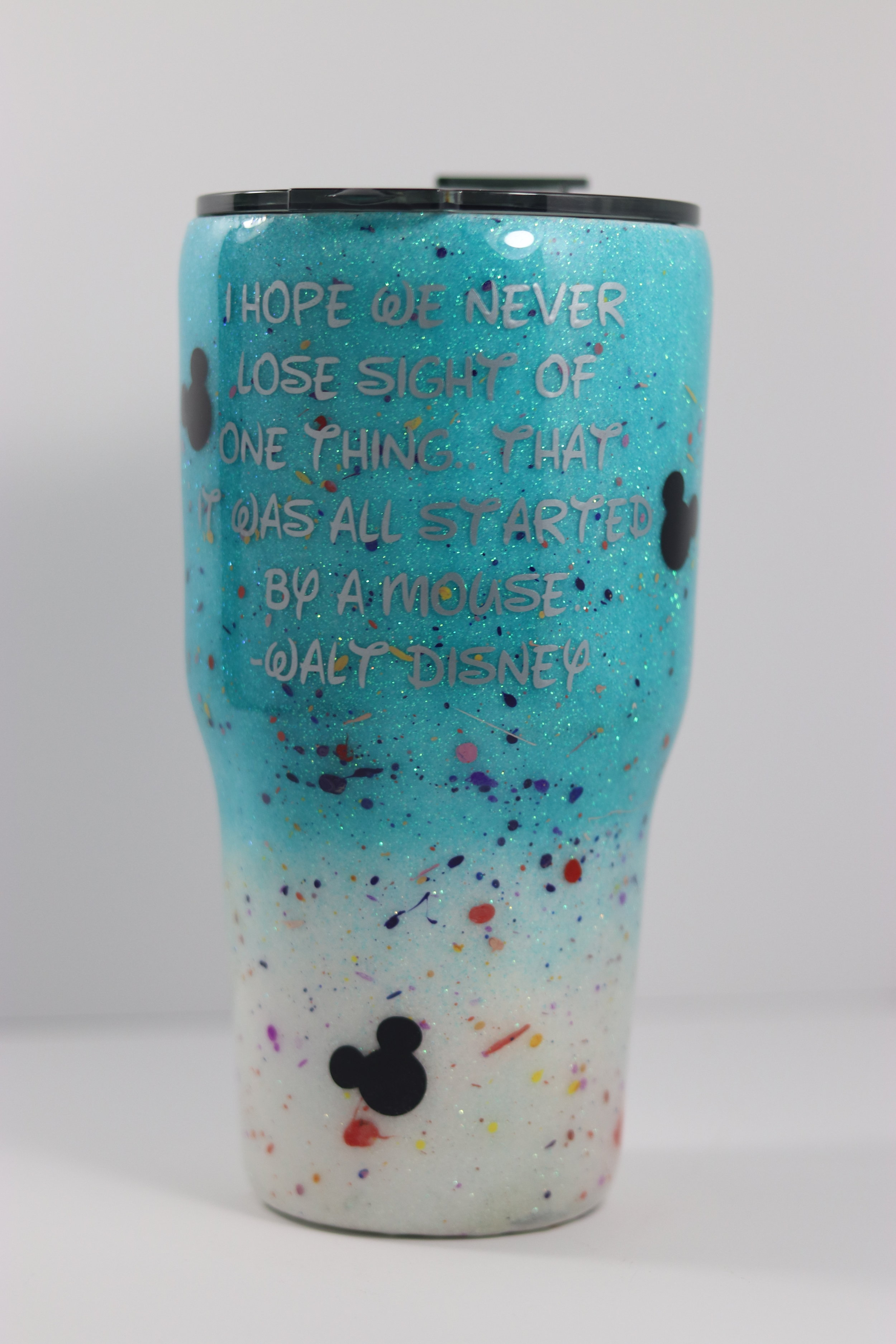Nassau, Bahamas History
Bahamian history is recorded back to a date most of us know well, October 12, 1492. Christopher Columbus made landfall in the New World on an island in the Bahamas that he named San Salvador. Columbus was looking for gold and riches in the new world. Neither Columbus nor the explorers who followed him ever found gold or riches in the islands. The first European settlers came to the Bahamas in 1648.
In 1648, William Sayles and his Eleutheran Adventurers (from the Greek word “Eleutheria” or “freedom”) landed briefly in Nassau Harbour during their search for a place to establish a Puritan colony. They then sailed south to today’s Eleuthera Island, where a reef called the Devil’s Backbone wrecked the Adventurers’ ship and chose their new home for them. The surviving Adventurers were the first English settlers in The Bahamas.
Nassau when it was known as Charles Town was burned to the ground by the Spanish in 1684. Rebuilt, it was renamed Nassau in 1695 in honor of the Dutch Stadtholder William III from the Dutch House of Orange-Nassau. In 1703 Spanish and French allied forces briefly occupied Nassau.
Wrecked ships quickly became a livelihood for the city’s less religious-minded settlers. If bad weather and poor maps didn’t bring enough salvage ashore, the “citizens” of this outlaw settlement would put lights on the reefs to lure ships to their doom. Although the faraway English government did not approve of this rogue activity, they did put a seal of approval on the beginnings of piracy.
Due to the Bahamas' strategic location near trade routes and its multitude of islands, Nassau soon became a popular pirates' den, and British rule was soon challenged by the self-proclaimed "Privateers Republic". By 1713, the sparsely settled Bahamas had become a pirate haven for pirate chieftains Thomas Barrow and Benjamin Hornigold. They proclaimed Nassau a pirate republic, establishing themselves as "governors." They were joined by Charles Vane, Calico Jack Rackham, and the infamous Edward Teach, known as "Blackbeard"; along with female pirates such as Anne Bonny and Mary Read.
In 1718, the British sought to regain control of the islands and appointed Captain Woodes Rogers as Royal governor. He successfully clamped down on the pirates, reformed the civil administration, and restored commerce. Rogers cleaned up Nassau and rebuilt the fort, using his own wealth to try to overcome problems. However, the alarmed British soon tightened their grip, and by 1720 the pirates had been killed or driven out. In 1720 the Spanish made an unsuccessful attempt to capture Nassau. The British managed to bring the islands under control by hanging many of the pirates, and the Bahamas became a colony of Great Britain in 1728.
In 1776 the Battle of Nassau resulted in a brief occupation by the American Marines during the American War of Independence, where the Marines staged their first amphibious raid on Fort Montagu. In 1778 after an overnight invasion, American raiders left with ships, gunpowder and military stores after stopping in Nassau for only two days. In 1782 Spain captured Nassau for the last time when Don Juan de Cagigal, governor-general of Cuba, attacked New Providence with 5000 men. Andrew Deveaux, an American Loyalist who resettled on the island, set forth to recapture Nassau with 220 men and 150 muskets to face a force of 600 trained soldiers. Deveaux forced the Spanish to surrender on April 17, 1783, without a single shot fired. Lord Dunmore governed the colony from 1787 to 1796. He oversaw the construction of Fort Charlotte in Nassau.
Nassau's modern growth began in the late eighteenth century, with the influx of thousands of American Loyalists and their slaves to the Bahamas following the American Revolutionary War. Many of them settled in Nassau (then and still the commerce capital of the Bahamas) and eventually came to outnumber the original inhabitants.
As the population of Nassau grew, so did its populated areas. Today the city dominates the entire island and its satellite, Paradise Island. However, until the post-Second World War era, the outer suburbs scarcely existed. Most of New Providence was uncultivated bush until Loyalists were resettled here following the American Revolutionary War where they established several plantations and imported slaves for labor.
After the British abolished the international slave trade in 1807, they resettled thousands of Africans liberated from slave ships by the Royal Navy on New Providence (at Adelaide Village and Gambier Village), along with other islands such as Grand Bahama, Exuma, Abaco and Inagua. Slaves freed from American ships were allowed to settle here as well. The largest concentration of Africans historically lived in the "Over-the-Hill" suburbs of Grants Town and Bain Town to the south of the city of Nassau, while most of the inhabitants of European descent lived on the island's northern coastal ridges.
During the American Civil War, Nassau served as a port for blockade runners making their way to and from ports along the southern Atlantic Coast for continued trade with the Confederacy. Privateering also experienced something of a resurgence during this time. England and Nassau defied the North’s blockade and continued to trade with Southern states. In the famous Civil War novel Gone with the Wind, Rhett Butler is a well-known man about town in Nassau. Later, during Prohibition, Nassau defied the U.S. again and did a lively business smuggling liquor into Southern ports.
In the 1940s, King Edward VIII gave up his throne to marry Wallis Simpson (known as "the woman he loves", a twice divorced American socialite) and settled in Nassau. The new couple, known as the Duke and Duchess of Windsor, began a new era of peaceful glamor here, attracting an ever-increasing number of visitors, celebrities and famous figures to our islands. When he gave up his throne he abdicated it to his brother Prince Albert who became King George VI and was the father of modern day now ruling Queen Elizabeth II.
In 1953, young politician Lynden Pindling, who had grown up in Nassau’s West African Over-the-Hill district, formed the Progressive Liberal Party, which 20 years later led the nation to vote for independence from England. The Bahamas still retain strong ties to England, choosing to remain within the Commonwealth and to declare allegiance to the Queen. At Nassau’s Government House, official residence of the Governor-General, you can watch the Changing of the Guard twice a month or on the last Friday of each month, enjoy a traditional English Afternoon Tea with the Governor’s wife.
